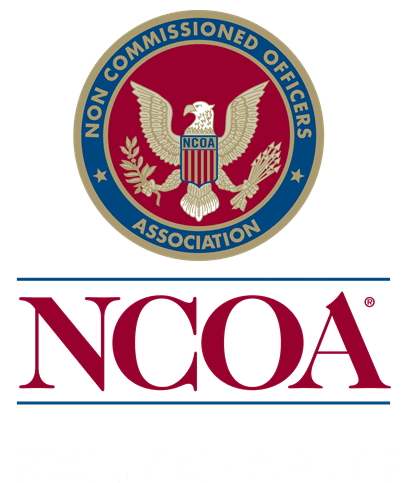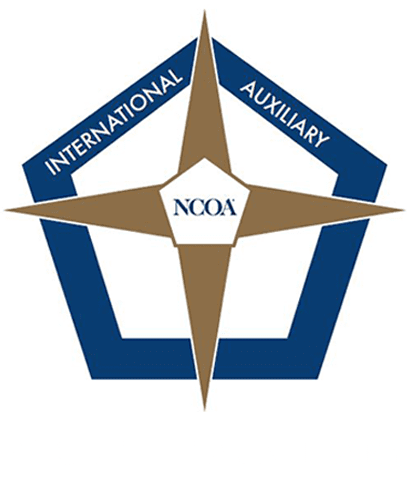I want to expand on my last column a bit. It started off with a sharing of the significant accomplishments of Rogue Chapter members over the past year. It then switched to explaining the rationale for why my older generation felt it was important to share with those who come after us why we do what we do. Finally it went on to share some specific examples of what I had done to find out what types of things were important to a small sample of younger people as motivation to ignite a conversation with other younger people that could possibly lead to a resurgence of NCOA moving forward. My final thought was to charge all that read the article to share their ideas with me so that we could make changes to what we do and why we do it. I then asked to hear from you!
I made one fatal flaw. I failed to properly communicate. The article was posted to a website with the assumption that members would go to the website and read it; then respond. My flaw was that I assumed that it would be read and acted upon. The real flaw was that I assumed the entire chapter membership
knew what the website address was and would take the time to go there and read it. It didn’t happen. In the old days when we sent newsletters to all of our members, my columns would be mailed to everyone and most members read them. By going high tech we eliminated the certainty of chapter leadership being able to receive information and make a choice as to whether to react. Now communication requires a conscious act on the part of each member to seek out information and it also requires that each member be motivated to want to stay connected.
Communication is such a simple process but it has gotten more complicated with the advent of technology. Most of the older generations rely on the US Post Office to receive information or perhaps a personal telephone call. The younger generations live on their cell phones and text rather than talk. They follow Facebook, or Twitter or Instagram or a myriad of other technological programs that exist. Websites can have a lot of information on them but if it stays the same and isn’t constantly upgraded, it becomes useless and is quickly dismissed.
Getting people to go to a meeting is rapidly disappearing as an option to share information. How then do we communicate with our intended targets going forward? Perhaps as you are beginning to see, it is getting complicated. Even if you can get people into a venue to have some type of conversation, there are still a lot of people, for whatever reason, which fail to acknowledge that a communication problem exists in today’s society. There are so many options for people to choose from and the only option that provides a reasonable chance that your message will be received and understood is if you send the message over every single method available in today’s society. That is realistically not possible for most volunteer organizations that don’t have a full time person that is connected with the full range of communication options. Even sending one paragraph of this text could not be done on some of the options available today because of character limitations.
So how do we improve communication? First off, we must admit that there is a lot of room for improving communication. Secondly, we must admit that the answer for one will not necessarily work for all. Lastly, it is going to take a lot of effort.
I need input from each of you on how we can reach young people. I will post this on our website as well as put it on Facebook and email it out to everyone with an email address, but that still won’t get to everyone. We must all talk to people within our sphere of influence. We must then listen to what they say and not assume that we know what they will say! Jumping to conclusions may require a lot of effort but rarely provides accurate outcomes. Let me hear from you!

